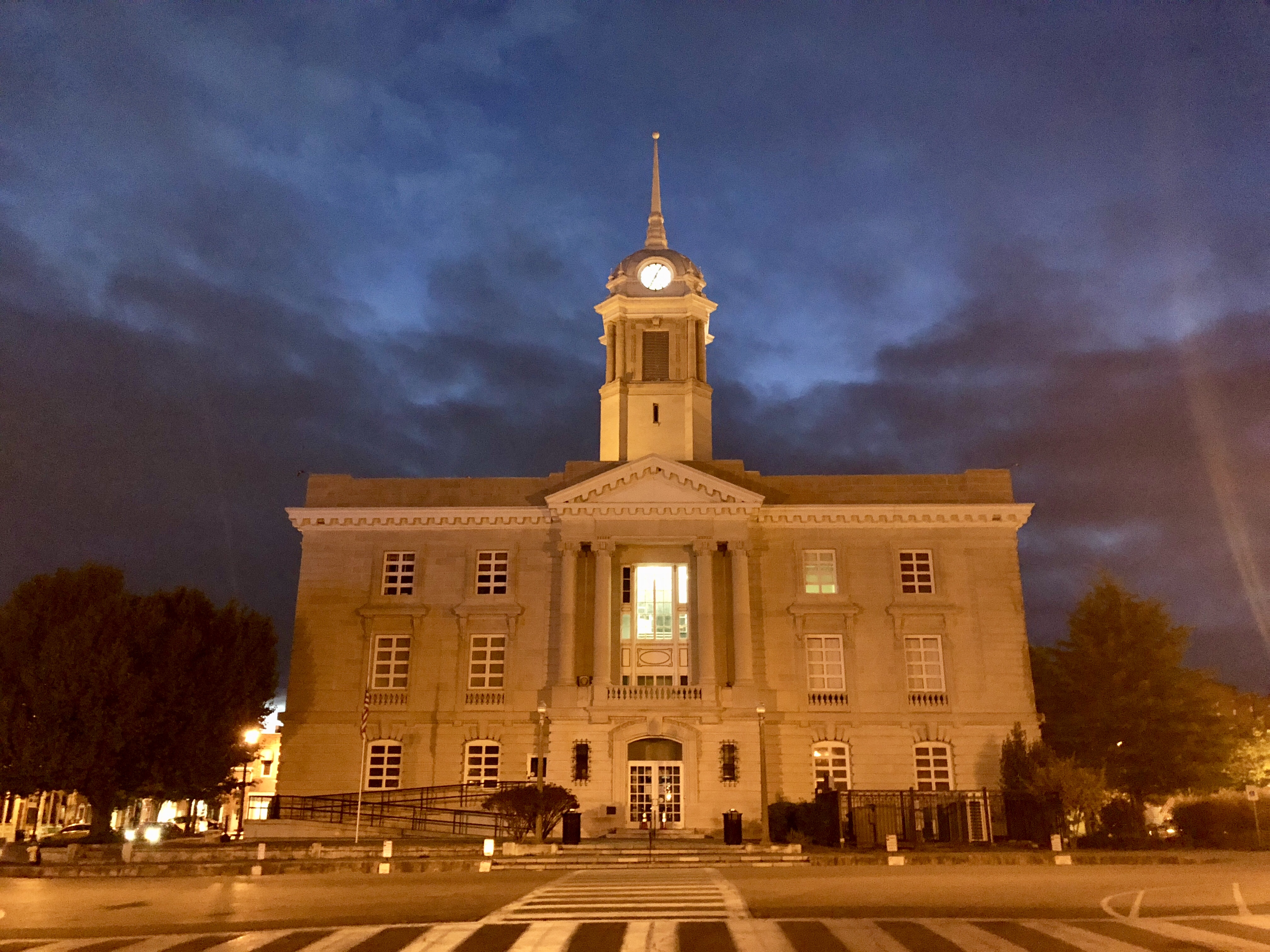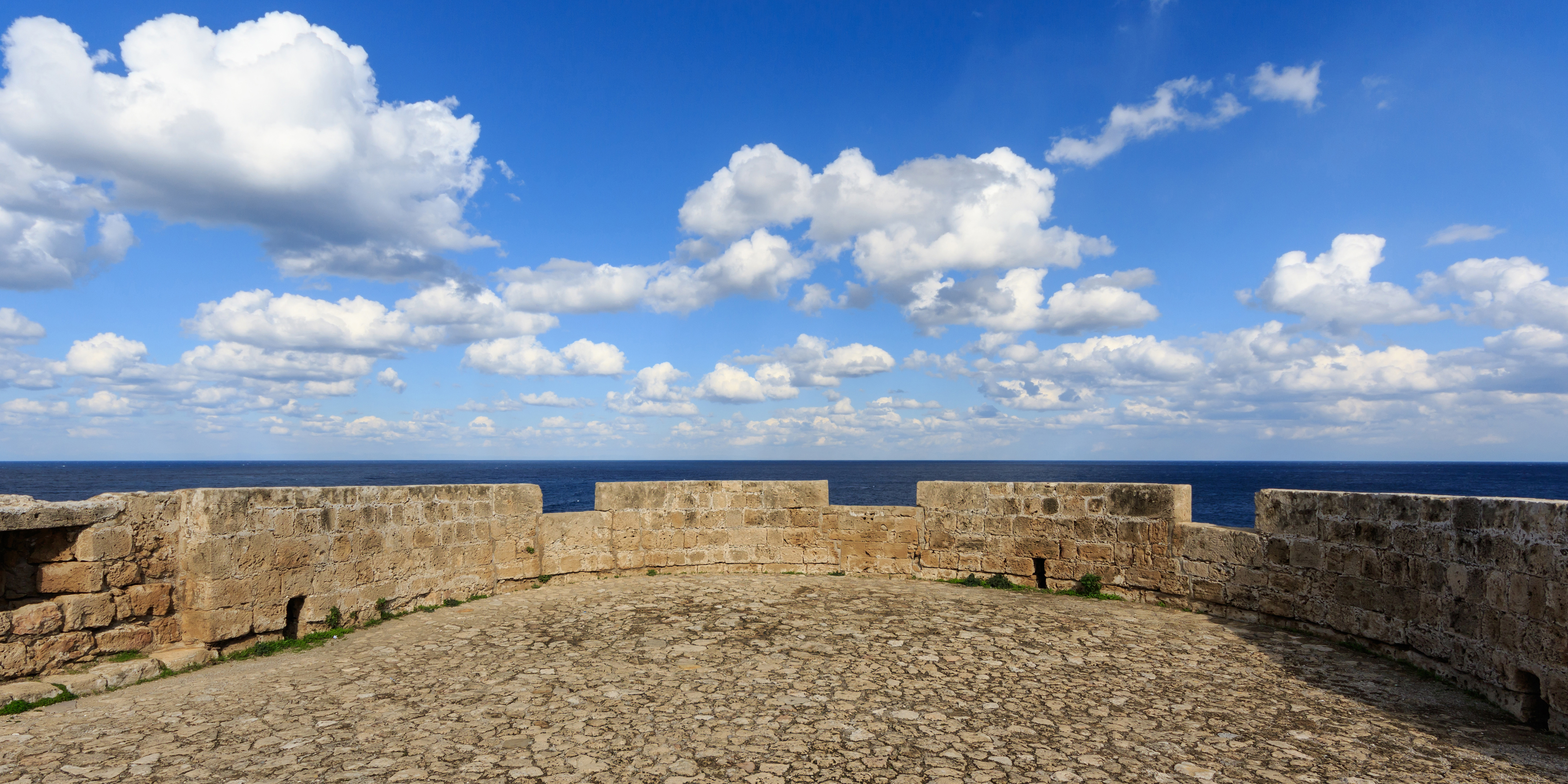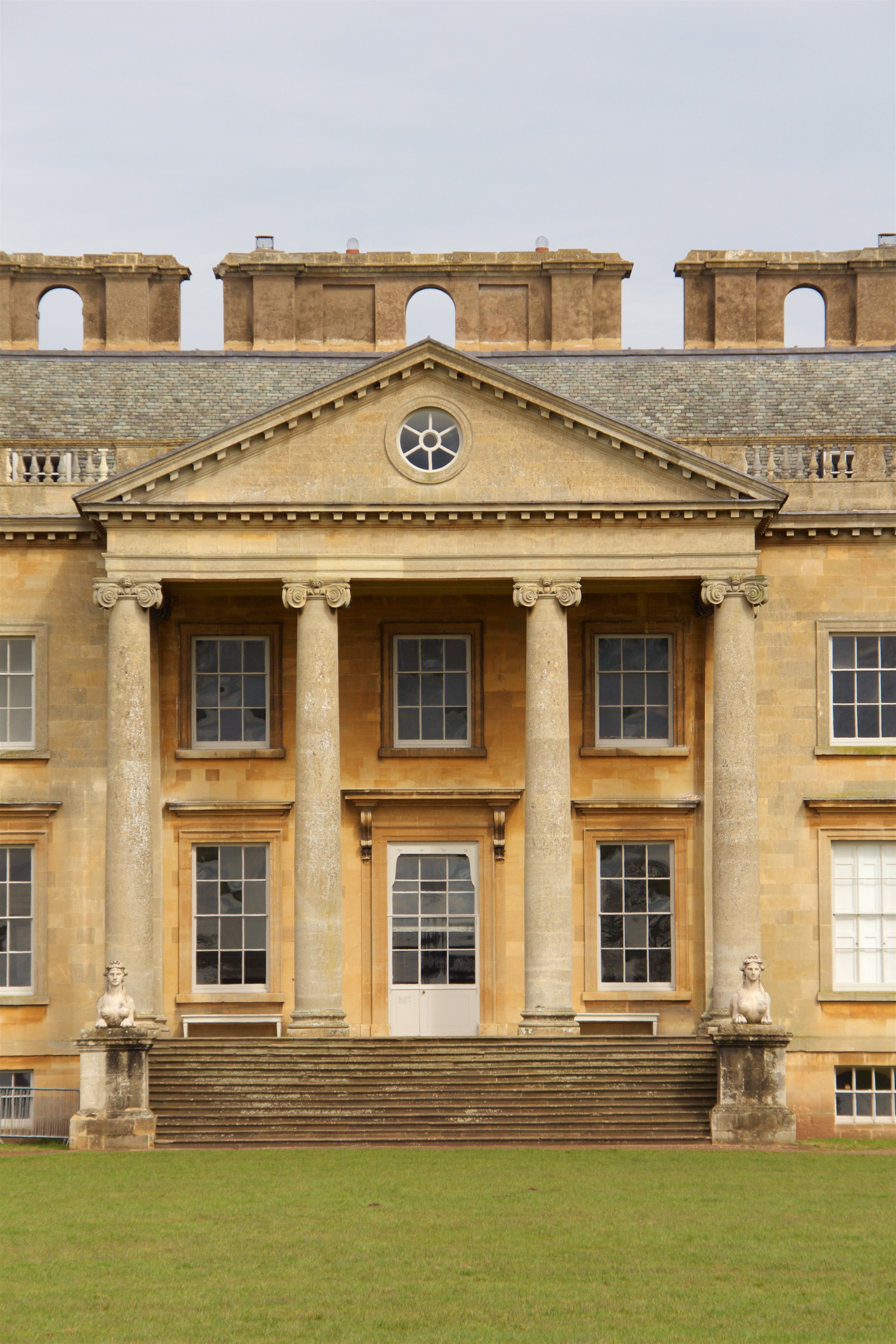|
Pillow Place
Pillow Place also known as Pillow-Haliday Place is an historic plantation mansion located southwest of the city of Columbia, Tennessee, Columbia, Maury County, Tennessee, Maury County, Tennessee on Campbellsville Pike. History Gideon Pillow, a surveyor that had moved to Maury County, left to be divided among his three sons. The Pillow-Haliday Place mansion and plantation buildings were built by master builder Nathan Vaught in 1850, for Major Granville A. Pillow (b.1805 in Columbia, TN; d.1868 in Clifton, TN), and was the second of three Pillow Homes, Pillow homes built. Vaught also built Clifton Place (Columbia, Tennessee), Clifton Place (1839) for Gideon Johnson Pillow, and Pillow-Bethel House (1855) for Jerome Bonaparte Pillow. The three mansions were closely designed but Pillow Place lacked the second story gallery and the portico had a low parapet at the top instead of a pediment. The mansion was built on the site of Gideon Pillow's old home. NRHP The mansion was placed ... [...More Info...] [...Related Items...] OR: [Wikipedia] [Google] [Baidu] |
Columbia, Tennessee
Columbia is a city in and the county seat of Maury County, Tennessee. The population was 41,690 as of the 2020 United States census. Columbia is included in the Nashville metropolitan area. The self-proclaimed "mule capital of the world," Columbia annually celebrates the city-designated Mule Day each April. Columbia and Maury County are acknowledged as the "Antebellum Homes Capital of Tennessee"; the county has more Antebellum architecture, antebellum houses than any other county in the state. The city is home to one of the last two surviving residences of James K. Polk, James Knox Polk, the 11th President of the United States; the other is the White House. History A year after the organization of Maury County, Tennessee, Maury County in 1807, Columbia was laid out in 1808 and lots were sold. The original town, on the south bank of the Duck River (Tennessee), Duck River, consisted of four blocks. The town was incorporated in 1817. Columbia was the site of Jackson College (Te ... [...More Info...] [...Related Items...] OR: [Wikipedia] [Google] [Baidu] |
Parapet
A parapet is a barrier that is an extension of the wall at the edge of a roof, terrace, balcony, walkway or other structure. The word comes ultimately from the Italian ''parapetto'' (''parare'' 'to cover/defend' and ''petto'' 'chest/breast'). Where extending above a roof, a parapet may simply be the portion of an exterior wall that continues above the edge line of the roof surface, or may be a continuation of a vertical feature beneath the roof such as a fire wall or party wall. Parapets were originally used to defend buildings from military attack, but today they are primarily used as guard rails, to conceal rooftop equipment, reduce wind loads on the roof, and to prevent the spread of fires. In the Bible the Hebrews are obligated to build a parapet on the roof of their houses to prevent people falling (Deuteronomy 22:8). Parapet types Parapets may be plain, embattled, perforated or panelled, which are not mutually exclusive terms. *Plain parapets are upward extensio ... [...More Info...] [...Related Items...] OR: [Wikipedia] [Google] [Baidu] |
Houses Completed In 1850
A house is a single-unit residential building. It may range in complexity from a rudimentary hut to a complex structure of wood, masonry, concrete or other material, outfitted with plumbing, electrical, and heating, ventilation, and air conditioning systems.Schoenauer, Norbert (2000). ''6,000 Years of Housing'' (rev. ed.) (New York: W.W. Norton & Company). Houses use a range of different roofing systems to keep precipitation such as rain from getting into the dwelling space. Houses may have doors or locks to secure the dwelling space and protect its inhabitants and contents from burglars or other trespassers. Most conventional modern houses in Western cultures will contain one or more bedrooms and bathrooms, a kitchen or cooking area, and a living room. A house may have a separate dining room, or the eating area may be integrated into another room. Some large houses in North America have a recreation room. In traditional agriculture-oriented societies, domestic animals such as c ... [...More Info...] [...Related Items...] OR: [Wikipedia] [Google] [Baidu] |
Houses On The National Register Of Historic Places In Tennessee
A house is a single-unit residential building. It may range in complexity from a rudimentary hut to a complex structure of wood, masonry, concrete or other material, outfitted with plumbing, electrical, and heating, ventilation, and air conditioning systems.Schoenauer, Norbert (2000). ''6,000 Years of Housing'' (rev. ed.) (New York: W.W. Norton & Company). Houses use a range of different roofing systems to keep precipitation such as rain from getting into the dwelling space. Houses may have doors or locks to secure the dwelling space and protect its inhabitants and contents from burglars or other trespassers. Most conventional modern houses in Western cultures will contain one or more bedrooms and bathrooms, a kitchen or cooking area, and a living room. A house may have a separate dining room, or the eating area may be integrated into another room. Some large houses in North America have a recreation room. In traditional agriculture-oriented societies, domestic animals such a ... [...More Info...] [...Related Items...] OR: [Wikipedia] [Google] [Baidu] |
National Register Of Historic Places Listings In Maury County, Tennessee
__NOTOC__ This is a list of the National Register of Historic Places listings in Maury County, Tennessee. This is intended to be a complete list of the properties and districts on the National Register of Historic Places in Maury County, Tennessee, United States. Latitude and longitude coordinates are provided for many National Register properties and districts; these locations may be seen together in a map. There are 68 properties and districts listed on the National Register in the county, including 2 National Historic Landmarks. There are two former listings. Current listings Former listings See also * List of National Historic Landmarks in Tennessee * National Register of Historic Places listings in Tennessee This is a list of properties and historic districts in Tennessee that are listed on the National Register of Historic Places. There are over 2,000 in total. Of these, 29 are National Hi ... [...More Info...] [...Related Items...] OR: [Wikipedia] [Google] [Baidu] |
National Register Of Historic Places
The National Register of Historic Places (NRHP) is the United States federal government's official list of districts, sites, buildings, structures and objects deemed worthy of preservation for their historical significance or "great artistic value". A property listed in the National Register, or located within a National Register Historic District, may qualify for tax incentives derived from the total value of expenses incurred in preserving the property. The passage of the National Historic Preservation Act (NHPA) in 1966 established the National Register and the process for adding properties to it. Of the more than one and a half million properties on the National Register, 95,000 are listed individually. The remainder are contributing resources within historic districts. For most of its history, the National Register has been administered by the National Park Service (NPS), an agency within the U.S. Department of the Interior. Its goals are to help property owners a ... [...More Info...] [...Related Items...] OR: [Wikipedia] [Google] [Baidu] |
Pediment
Pediments are gables, usually of a triangular shape. Pediments are placed above the horizontal structure of the lintel, or entablature, if supported by columns. Pediments can contain an overdoor and are usually topped by hood moulds. A pediment is sometimes the top element of a portico. For symmetric designs, it provides a center point and is often used to add grandness to entrances. The tympanum, the triangular area within the pediment, is often decorated with a pedimental sculpture which may be freestanding or a relief sculpture. The tympanum may hold an inscription, or in modern times, a clock face. Pediments are found in ancient Greek architecture as early as 600 BC (e.g. the archaic Temple of Artemis). Variations of the pediment occur in later architectural styles such as Classical, Neoclassical and Baroque. Gable roofs were common in ancient Greek temples with a low pitch (angle of 12.5° to 16°). History The pediment is found in classical Greek templ ... [...More Info...] [...Related Items...] OR: [Wikipedia] [Google] [Baidu] |
Portico
A portico is a porch leading to the entrance of a building, or extended as a colonnade, with a roof structure over a walkway, supported by columns or enclosed by walls. This idea was widely used in ancient Greece and has influenced many cultures, including most Western cultures. Some noteworthy examples of porticos are the East Portico of the United States Capitol, the portico adorning the Pantheon in Rome and the portico of University College London. Porticos are sometimes topped with pediments. Palladio was a pioneer of using temple-fronts for secular buildings. In the UK, the temple-front applied to The Vyne, Hampshire, was the first portico applied to an English country house. A pronaos ( or ) is the inner area of the portico of a Greek or Roman temple, situated between the portico's colonnade or walls and the entrance to the '' cella'', or shrine. Roman temples commonly had an open pronaos, usually with only columns and no walls, and the pronaos could be as lon ... [...More Info...] [...Related Items...] OR: [Wikipedia] [Google] [Baidu] |
Maury County, Tennessee
Maury County ( ) is a county located in the U.S. state of Tennessee, in the Middle Tennessee region. As of the 2020 census, the population was 100,974. Its county seat is Columbia. Maury County is part of the Nashville-Davidson–Murfreesboro– Franklin, TN Metropolitan Statistical Area. History The county was formed in 1807 from Williamson County and Indian lands. Maury County was named in honor of Abram Maury, Sr. (1766-1825), a member of the Tennessee state senate from Williamson County (who was the father of Major Abram Poindexter Maury of Williamson County, later a Congressman; and an uncle of Commodore Matthew Fontaine Maury). The rich soil of Maury County led to a thriving agricultural sector, starting in the 19th century. The county was part of a 41-county region that became known and legally defined as Middle Tennessee. In the antebellum era, planters in Maury County relied on the labor of enslaved African Americans to raise and process cotton, tobacco, and live ... [...More Info...] [...Related Items...] OR: [Wikipedia] [Google] [Baidu] |
Pillow-Bethel House
Pillow-Bethel House is an historic mansion located off U.S. Route 43 in the city of Columbia, Maury County, Tennessee, United States. The mansion is one of three, built by master builder Nathan Vaught in 1855, for Jerome and Martha Harris Pillow. The other two were Clifton Place (Mt. Pleasant Hwy.) and Pillow Place (Campbellsville Pike Rd.), also known as Pillow-Haliday Place. The mansion was placed on the National Register of Historic Places listings in Maury County, Tennessee on December 12, 1976. History Pillow-Bethel House was built for Jerome Bonaparte Pillow (1809 in Tennessee – 1891 in Mt. Pleasant, Tennessee), the youngest son of Gideon Pillow, and brother to General Gideon J. Pillow (1806 in Williamson County, Tennessee – 1878 in Mound Plantation, Phillips County, Arkansas), that owned Clifton Place, and Major Granville A. Pillow (1805 in Columbia, Tennessee – 1868 in Clifton, Tennessee), that owned Pillow-Haliday Place. [...More Info...] [...Related Items...] OR: [Wikipedia] [Google] [Baidu] |
Gideon Johnson Pillow
Gideon Johnson Pillow (June 8, 1806 – October 8, 1878) was an American lawyer, politician, speculator, slaveowner, United States Army major general of volunteers during the Mexican–American War and Confederate brigadier general in the American Civil War. Before his military career, Pillow practiced law and was active in Democratic Party politics. He was a floor leader in support of the nomination of fellow-Tennessean James K. Polk at the 1844 Democratic National Convention. In 1847, Pillow was commissioned a brigadier general of volunteers to serve in the Mexican–American War, and was later promoted to major general. He performed reasonably well, and was wounded that year at Cerro Gordo and Chapultepec. However, controversy arose when, in a series of letters, Pillow tried to take what was perceived by some as undue credit for American victories at the expense of his commander, Major General Winfield Scott. Pillow was court-martialed for insubordination, but with Preside ... [...More Info...] [...Related Items...] OR: [Wikipedia] [Google] [Baidu] |







